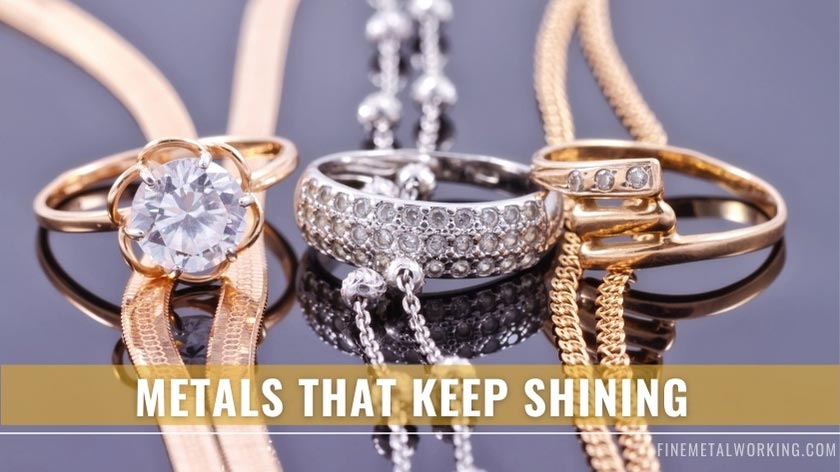So, I made a segmented blank a while back, for a pen I just finished today for my cousin. It combined this black resin (thought it was acrylic, but it did not feel like or turn like acrylic...lot harder, no long streamers like acrylic...so I don't know what it was), some aqua-colored kirinite, and some layers of aluminum between the black and kirinite.
At first, the metal looked superb! Super shiny. The metal actually looked great, throughout all the sanding and polishing. The problem was, the resins themselves kept showing their super fine scratches in certain kinds of light. So I ultimately buffed them. The buffing, starting with trip, then WD then finally blue, did the job, and gave me the blanks I wanted. Except for the metal...its now dull, rather than the kind of chrome-like shiny it started out as. It looks "brushed", without the actual brushed pattern. The hardware parts, in this case a gunmetal and black Cigar, are shiny, so I'd planned on the metal being shiny...but, since buffing, it seems like it is now impossible to get it to shine up again (despite trying several times).
I guess I have two questions:
1. Why did my metal lose its shine?
2. How do I fix it? ;P
At first, the metal looked superb! Super shiny. The metal actually looked great, throughout all the sanding and polishing. The problem was, the resins themselves kept showing their super fine scratches in certain kinds of light. So I ultimately buffed them. The buffing, starting with trip, then WD then finally blue, did the job, and gave me the blanks I wanted. Except for the metal...its now dull, rather than the kind of chrome-like shiny it started out as. It looks "brushed", without the actual brushed pattern. The hardware parts, in this case a gunmetal and black Cigar, are shiny, so I'd planned on the metal being shiny...but, since buffing, it seems like it is now impossible to get it to shine up again (despite trying several times).
I guess I have two questions:
1. Why did my metal lose its shine?
2. How do I fix it? ;P

